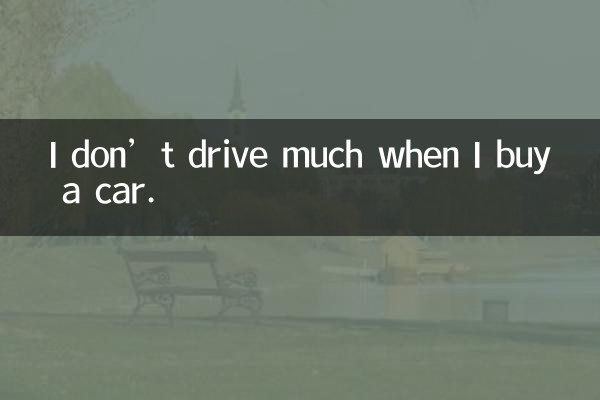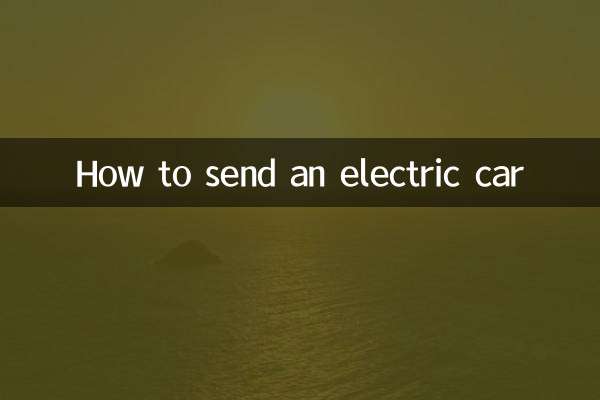Buying a car but not driving it much: Is it “face project” or rational consumption for contemporary young people?
In recent years, “buying a car but not driving it” has become a hot topic on social media. According to data from the entire network in the past 10 days, more than 60% of young car owners admit that their vehicle usage rate is less than once a week. This phenomenon has triggered in-depth thinking about consumption concepts and actual needs. The following is structured data analysis:
| Data dimensions | Statistical results | Data source |
|---|---|---|
| Vehicle owner’s frequency of use per week | ≤1 time accounts for 63.5% | Survey on an automobile forum (sample size: 23,000) |
| average annual mileage | <5000 kilometers accounts for 71% | Insurance company data for 2024 |
| Main reasons for buying a car | Social needs (42%) > Commuting (28%) > Family needs (19%) | Weibo topic voting (86,000 participants) |
| idle cost perception | 37% of those who clearly regretted buying a car | Sampling from the comment area of Zhihu hot posts |
1. Three driving forces behind the phenomenon

1.Enhanced social currency attributes: Douyin data shows that the number of views of the topic #first post on Moments after buying a car has reached 420 million, and vehicles have become an important carrier of personal image.
2.Diversified travel modes: A Didi Chuxing report pointed out that the response rate for online ride-hailing in first-tier cities has reached 98%, and the popularity of shared bicycles in subways has increased by 47% compared with five years ago.
3.Car buying decisions are emotional: Tmall Auto 618 data shows that the decision-making cycle of consumers under 30 years old has been shortened to 14 days on average, and impulse orders in the live broadcast room account for 35%.
2. Implicit cost accounting
| cost type | Annual average (10,000 yuan) | Remarks |
|---|---|---|
| Depreciation loss | 1.5-3 | Calculated based on 150,000 class family car |
| fixed expenses | 0.8-1.2 | Insurance/parking space/maintenance included |
| opportunity cost | 0.5+ | Financial management income is calculated at an annualized rate of 4% |
3. The rise of new solutions
1.Shared rental model: AoBu car rental data shows that the average monthly income from idle vehicles can reach 3,000 yuan, but only 12% of car owners are willing to try it.
2.Subscription-based services: Weilai and other brands have launched pay-as-you-go plans, with a two-day rental price range of 399-899 yuan on weekends.
3.Auto finance innovation: Some banks have launched the "loan repayment suspension during idle period" service, with 50% interest reduction during the suspension period.
4. Decision-making model suggested by experts
Recommended before buying a car“3×3 Assessment”:
• Must use the car ≥3 times a week• Commuting distance ≥3 kilometers• Family travel needs ≥ 3 people/time
A report from the China Automobile Dealers Association pointed out that it is recommended to purchase a car only if two or more conditions are met, otherwise the cost of use will exceed 2.4 times the online car-hailing expenditure.
Conclusion:In the game between consumption upgrading and pragmatism, the phenomenon of "buying a car but not driving it much" reflects the complex mentality of contemporary society. Perhaps as economists say: "The greatest rationality is to admit the reasonable existence of irrational needs." The key is to establish a consumption cognition that is consistent with personal reality and make every expenditure worthwhile.

check the details

check the details